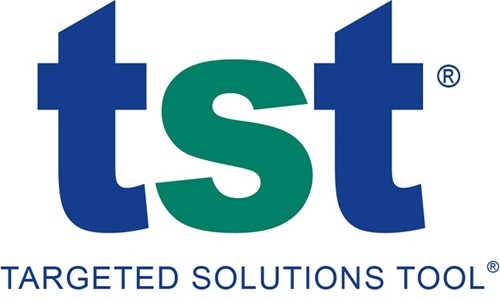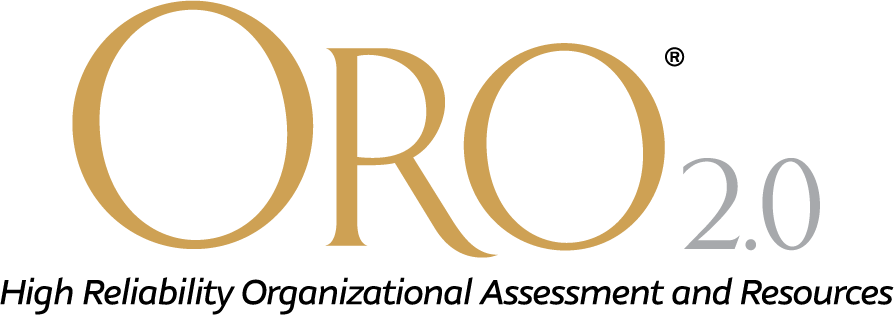Joint Commission Saves Lives Timeline
-
1994
First organization-specific performance reports released to public
-
1995
Multiple high-profile sentinel events
A sentinel event is a patient safety event (not primarily related to the natural course of a patient’s illness or underlying condition) that reaches a patient and results in death, permanent harm or severe temporary harm.
-
1995
Root Cause Analysis (RCA) introduced as required response
-
1996
Sentinel Event Policy established
Formal policy to help health care organizations that experience serious adverse events improve and learn from those events. The policy explains how The Joint Commission partners with organizations to protect patients, improve systems and prevent further harm.
-
1998
Sentinel Event Policy revised
Policy revised to promote self-reporting of medical errors and encourage health care providers to more closely examine the root causes of those events.
-
1998
First Sentinel Event Alert (SEA) published
SEAs identify specific types of sentinel and adverse events and high-risk conditions, describe their underlying causes, and recommend steps to reduce risk and prevent future occurrences.
-
1999
Mission statement revised to explicitly reference patient safety
Our mission: To continuously improve health care for the public, in collaboration with other stakeholders, by evaluating health care organizations and inspiring them to excel in providing safe and effective care of the highest quality and value.
-
1999
Toll-free reporting hotline introduced
Hotline provides channel for patients, their families, caregivers and others to share concerns regarding patient safety and quality issues at accredited organizations.
-
1999
National Patient Safety Goals® (NPSGs) established
NPSGs help accredited organizations address specific areas of concern regarding patient safety and redirect focus to solving them.
-
2003
Universal Protocol effective
Universal Protocol for Preventing Wrong Site, Wrong Procedure, and Wrong Person Surgery helps health care organizations identify the right patient, appropriate procedure and correct site of procedure.
-
2005
Sentinel Event Policy revised
Policy revised to classify unintended retention of foreign objects, neonatal hyperbilirubinemia and radiation overdose as sentinel events.
-
2006
Onsite accreditation and certification reviews conducted on unannounced basis
Holds facilities seeking to earn or renew accreditation or certification accountable for patient safety at all times.
-
2007
Improving America’s Hospitals: A Report on Quality and Safety publishes
Annual Report provides aggregate performance data of accredited hospitals against The Joint Commission’s standardized national performance measures and NPSGs.
-
2009
The Joint Commission Center for Transforming Healthcare launches
The mission of the Center is to transform health care into a high-reliability industry by developing highly effective, durable solutions to health care’s most critical safety and quality problems.

-
2010
The Center launches its first Targeted Solutions Tool® (TST®)
The TST is an online application that guides health care organizations through a step-by-step process to accurately measure their organization’s true performance level, identify the causes of performance failures, and direct them to proven solutions that are customized to address their particular causes.
-
2013
Millbank Quarterly article on high reliability in health care
Joint Commission President and CEO Mark R. Chassin, MD, FACP, MPP, MPH, and the late Jerod M. Loeb, PhD, detail a framework to help health care organizations achieve high reliability — extraordinarily high level of quality and safety over long periods of time with no or extremely few adverse or harm events despite operating in very hazardous conditions.
-
2014
Patient Safety Systems chapter introduced
Chapter informs and educates hospital leaders about the importance and structure of an integrated patient-centered system that aims to improve patient safety and quality of care.
-
2015
The Center launches Oro® 2.0
The assessment tool assists hospital leaders with evaluating their organization’s level of maturity in multiple components of high reliability and reaching the goal of zero harm.

-
2016
Pioneers in Quality™ program launches
Program provides education and support for hospitals as they strive to meet growing requirements for electronic clinical quality measures (eCQMs).

-
2017
Updated emergency management standards effective
Standards help health care organizations more effectively plan for disasters and coordinate with federal, state, tribal, regional and local emergency preparedness systems.
-
2018
Two NPSGs revised
NPSGs to prevent suicide and to reduce harm associated with anticoagulant therapy are revised, effective July 1, 2019.



